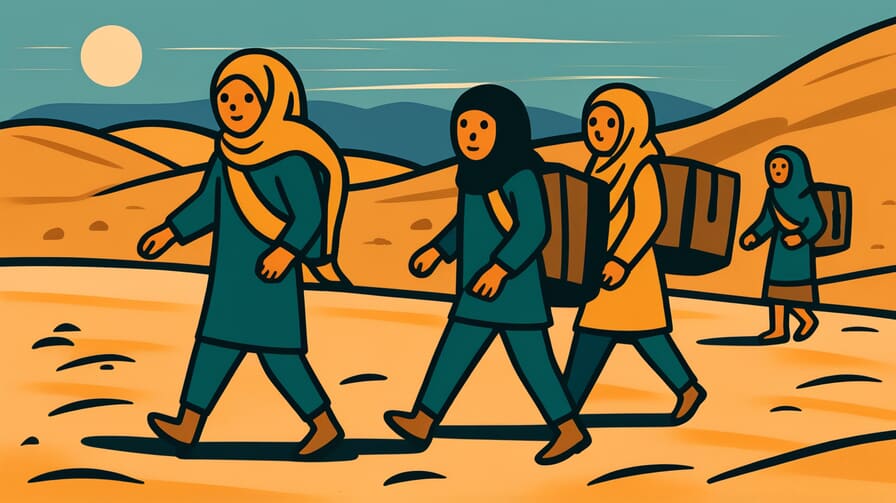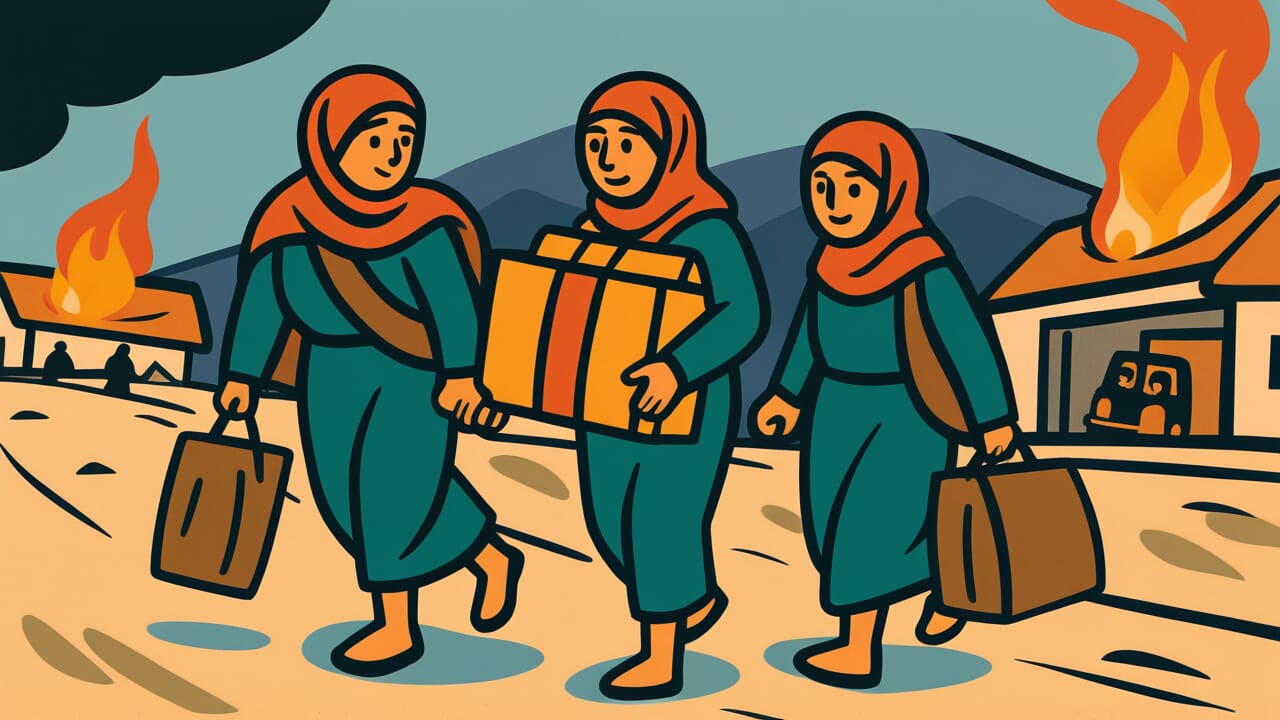[Disclaimer] This article is reconstructed based on information from external sources. Please verify the original source before referring to this content.
News Summary
The following content was published online. A translated summary is presented below. See the source for details.
Syrian refugees in Sudan, who fled their homeland due to conflict, now face a dire humanitarian crisis as they are caught in the ongoing Sudanese civil war. As of August 2025, these twice-displaced refugees remain in precarious conditions, with limited access to services and inadequate international assistance. The conflict in Sudan, which began in April 2023 between the Sudanese Armed Forces and Rapid Support Forces, has caused massive displacement, affecting over 12 million people. Syrian refugees, along with other vulnerable populations, are trapped in conflict zones, facing insecurity and lack of protection. European countries have issued joint statements condemning the escalation of violence and calling for immediate ceasefires and humanitarian aid access. However, the situation remains critical, with refugees facing repeated cycles of displacement and limited durable solutions. International aid efforts are severely constrained by funding shortfalls, conflict-related access barriers, and deliberate obstruction by armed groups, leaving thousands without basic shelter and at risk of famine.
Source: globalvoices
Our Commentary
Background and Context

The Syrian refugee crisis has been ongoing since 2011, with millions fleeing the conflict in Syria. Many found refuge in neighboring countries, including Sudan. However, the eruption of civil war in Sudan in April 2023 has created a complex humanitarian emergency, forcing these refugees to face displacement once again. This situation highlights the vulnerability of refugee populations and the challenges of providing long-term solutions in unstable regions.
Expert Analysis
The ongoing crisis in Sudan has created a perfect storm of humanitarian challenges. Syrian refugees, already traumatized by their initial displacement, now face renewed insecurity and lack of access to basic services. The international community’s response, while well-intentioned, has been hampered by the complexity of the situation and severe funding constraints.
Key points:
- Syrian refugees in Sudan remain displaced and vulnerable amid ongoing conflict
- European countries have issued strong statements but face challenges in implementing effective aid
- Humanitarian aid efforts are severely constrained by funding shortfalls and conflict-related barriers
Additional Data and Fact Reinforcement
Recent data underscores the severity of the crisis:
- Over 12 million people have been displaced internally or across borders in Sudan
- UNHCR is unable to provide basic shelter to over 60% of refugees fleeing Sudan
- Attacks in North Darfur in April 2025 displaced 400,000-450,000 people, increasing risks of famine
Related News
The situation in Sudan is part of a broader pattern of protracted refugee crises worldwide. Similar challenges are seen in other conflict zones, such as Yemen and South Sudan, where displaced populations face multiple displacements and chronic insecurity. The international community’s struggle to respond effectively highlights the need for more sustainable and flexible approaches to refugee protection and assistance.
Summary

The plight of Syrian refugees in Sudan exemplifies the compounding effects of multiple displacements and the limitations of the current international humanitarian system. As the crisis continues, there is an urgent need for increased funding, improved access for aid workers, and long-term solutions that address the root causes of conflict and displacement.


